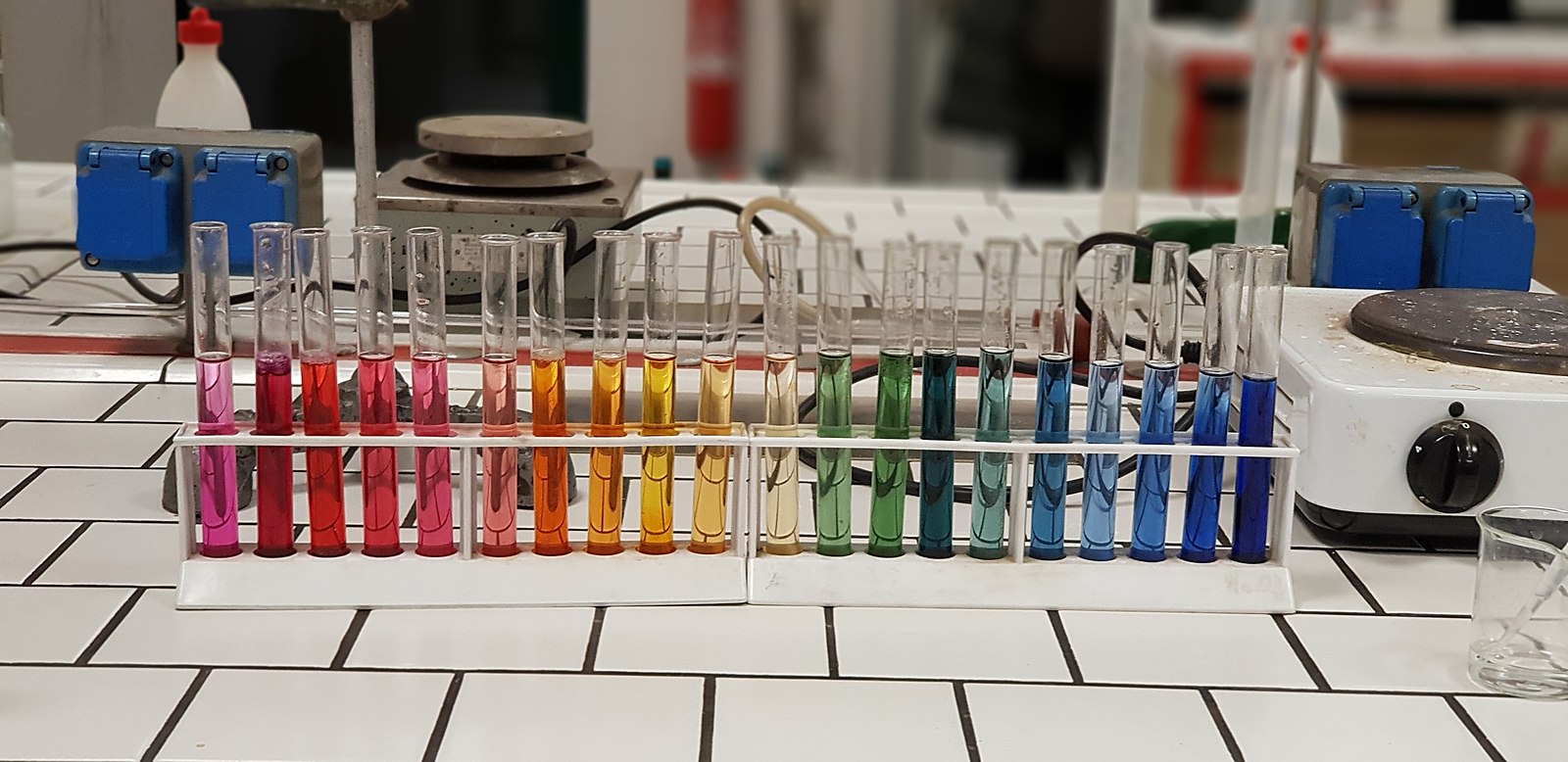The pH of sodium hydrogencarbonate (NaHCO3) in water is slightly alkaline, with a pH of around 8.5 for a 1% aqueous solution at 25°C. This is because NaHCO3 is a weak base, and when dissolved in water, it dissociates into sodium ions (Na+) and bicarbonate ions (HCO3-). The bicarbonate ion can then react with water to form hydroxide ions (OH-), which raises the pH of the solution.
Understanding the pH of NaHCO3 in Water
When NaHCC3 is dissolved in water, the following reaction occurs:
NaHCO3 ⇌ Na+ + HCO3-
The bicarbonate ion (HCO3-) can then react with water to form carbonic acid (H2CO3), which then decomposes into water and carbon dioxide:
HCO3- + H2O ⇌ H2CO3 ⇌ H2O + CO2
This reaction produces hydroxide ions (OH-), which increase the pH of the solution, making it slightly alkaline.
Factors Affecting the pH of NaHCO3 in Water
The pH of a solution containing NaHCO3 can be affected by several factors:
-
Presence of Other Substances: When NaHCO3 is used as an antacid, it can react with stomach acid (hydrochloric acid, HCl) to form carbonic acid (H2CO3), which then decomposes into water and carbon dioxide. This reaction can lower the pH of the solution, making it more acidic.
-
Buffering Capacity: When NaHCO3 is used as a buffer in solutions containing weak acids or bases, it can help to maintain a relatively constant pH by reacting with any excess acid or base. However, if the concentration of the acid or base is too high, the buffering capacity of the NaHCO3 may be exceeded, and the pH of the solution may change.
-
Impurities: NaHCO3 can contain trace amounts of other substances, such as sodium sulfate, polyethylene glycol, potassium chloride, and citric acid. These substances can affect the pH of a solution containing NaHCO3, depending on their concentration and the pH of the solution.
Maintaining the Desired pH of NaHCO3 in Water
To ensure proper pH control and to avoid potential issues, it is important to follow these guidelines:
-
Use High-Quality NaHCO3: Use NaHCO3 that has been tested for purity and impurities to minimize the impact of contaminants on the pH of the solution.
-
Follow Recommended Dosages: When using NaHCO3 as an antacid or buffer, follow the recommended dosage to ensure that the pH of the solution is within the desired range.
-
Monitor the pH: If the pH of the solution is too low or too high, it may be necessary to adjust the concentration of the NaHCO3 or to add other substances to help maintain the desired pH.
Conclusion
The pH of sodium hydrogencarbonate in water is slightly alkaline, with a pH of around 8.5 for a 1% aqueous solution at 25°C. However, the pH of a solution containing NaHCO3 can be affected by the presence of other substances, such as acids, bases, and impurities. To ensure proper pH control and to avoid potential issues, it is important to use high-quality NaHCO3 and to follow recommended dosages and procedures.
References:
– AGC Chemicals. (n.d.). Sodium Bicarbonate | Products and Service Information. Retrieved from https://www.agc-chemicals.com/jp/en/products/detail/index.html?pCode=JP-EN-C010
– BYJU’S. (n.d.). What is the pH of sodium hydrogencarbonate? Retrieved from https://byjus.com/question-answer/what-is-the-ph-of-sodium-hydrogencarbonate/
– Breslyn.org. (2022, May 9). Is NaHCO3 acidic, basic, or neutral (in water)? – YouTube. Retrieved from https://www.youtube.com/watch?v=f5Lli4JTigE
– PubChem. (n.d.). Sodium Bicarbonate | NaHCO3 | CID 516892 – PubChem. Retrieved from https://pubchem.ncbi.nlm.nih.gov/compound/Sodium-Bicarbonate

